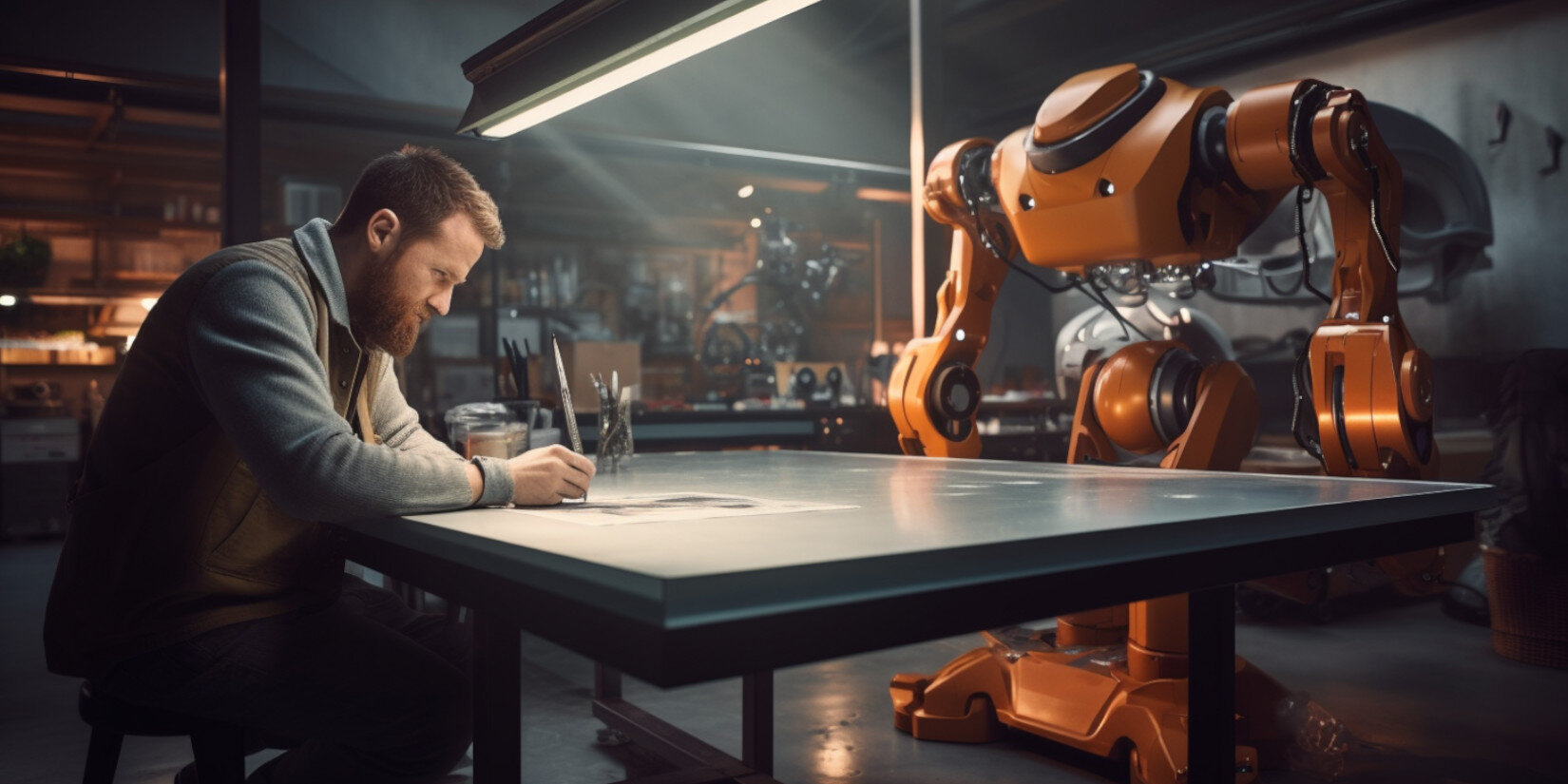At a time when technology and digitization are becoming increasingly prominent, it is not surprising that the skilled trades are also benefiting from advances. A particularly exciting topic in this context is the use of a Virtual AI Assistant in the skilled trades. But how can artificial intelligence help craftsmen, and what benefits and challenges does it bring?
Possible applications
Virtual AI assistants can be used in a variety of ways in the skilled trades:
- Planning and design: An AI assistant can help craftsmen plan and design projects by calculating material requirements or making design suggestions, for example.
- Diagnosis of problems: For repairs, an AI assistant can help identify the problem by analyzing photos or descriptions.
- Automated accounting: From invoicing to inventory management, an AI Assistant can handle many administrative tasks.
- Customer support: An AI assistant can answer customer inquiries, schedule appointments, or collect feedback.
Advantages
- Time savings: Many tasks can be automated, giving craftsmen more time for their core competencies.
- Accuracy: AI systems can perform calculations and analyses with high accuracy.
- Availability: A Virtual AI Assistant is available 24/7 and can answer customer inquiries outside of business hours.
- Cost efficiency: Costs can be reduced by automating tasks.
What can AI do better than humans?
- Data processing: AI systems can process and analyze large amounts of data quickly.
- Consistency: While humans can make mistakes, an AI assistant works consistently and reliably.
- Multitasking: An AI assistant can perform multiple tasks simultaneously without losing efficiency.
Why is a 3D avatar better than a chatbot?
A 3D avatar provides a more realistic and human-like interaction. This can boost customer confidence and make them feel like they are talking to a “real” person. In addition, 3D avatars can visually represent complex instructions for action or repair instructions, which can be particularly advantageous in the skilled trades.
What is the advantage of 3D environments for craftsmen services?
3D environments can help craftsmen better visualize and plan projects. For example, a carpenter could design a piece of furniture using a 3D environment and show the customer a virtual preview. Or an electrician could use a 3D simulation to plan the routing of wires in a building. This can increase the quality of work and avoid errors.
Challenges
- Technical barriers: Not all tradespeople are tech-savvy, and adopting AI can be challenging.
- Cost: Implementing AI systems can be expensive, especially for small craft businesses.
- Privacy: With the use of AI also comes privacy concerns.
Conclusion
The use of Virtual AI Assistants in the trades offers many exciting possibilities, from improving the quality of work to increasing efficiency. However, there are also challenges that must be overcome. Nevertheless, it is clear that digitization and technology will have a significant impact on the skilled trades in the coming years.
